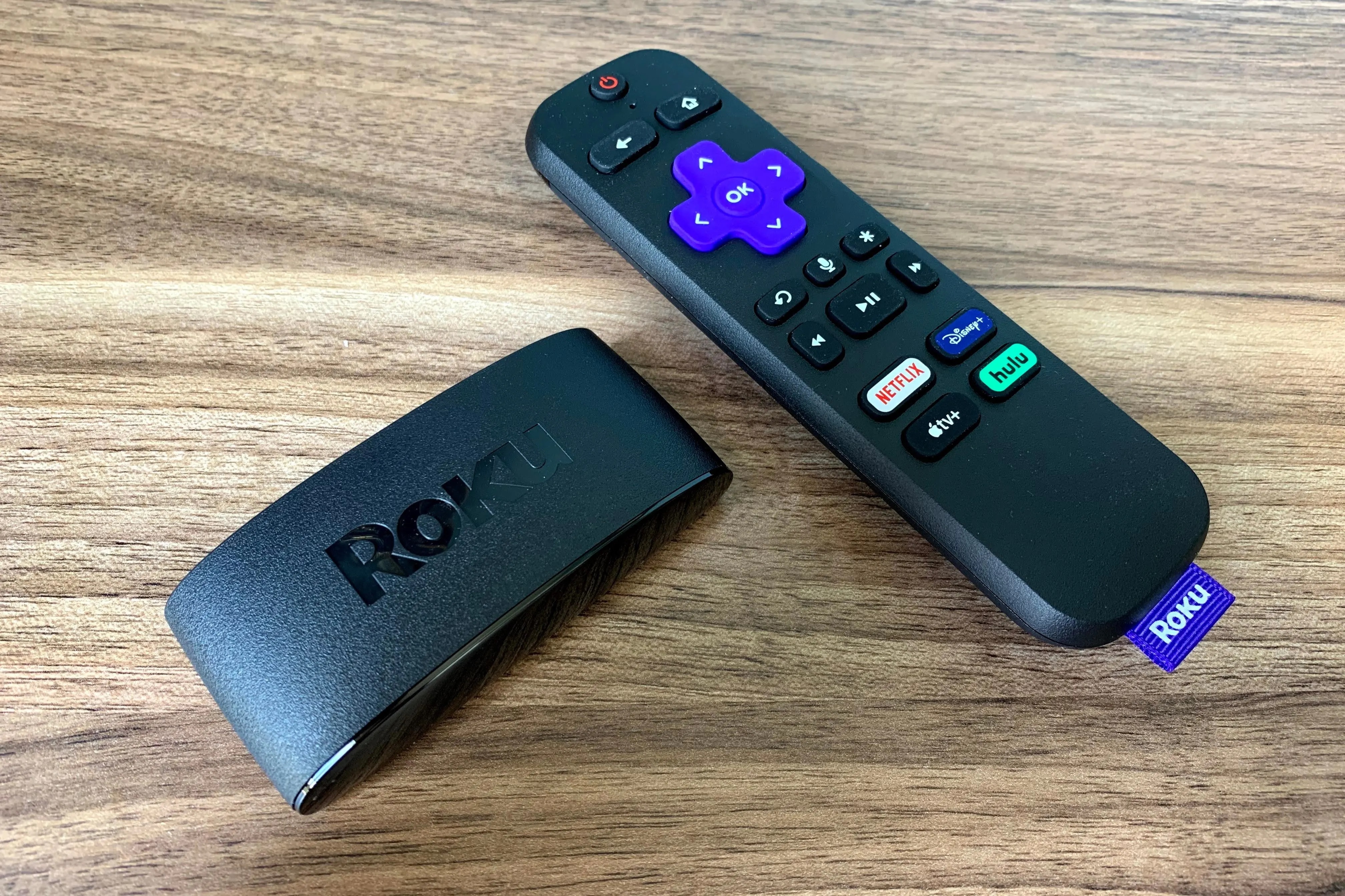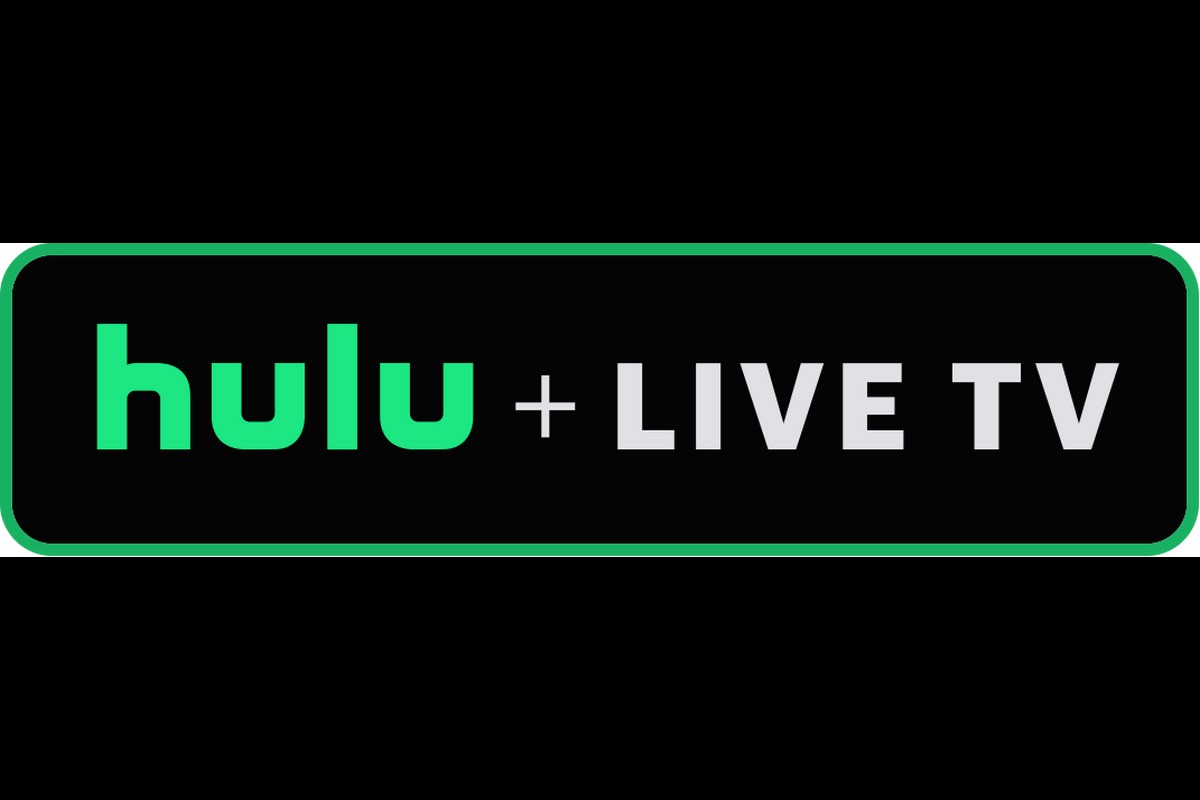Cord-cutting isn’t just a nerdy niche hobby anymore.
As the price of cable TV continues to climb, it’s quickly become of interest to many more people. While that’s not a bad thing, it does mean people are approaching cord-cutting with widely varying levels of expertise. That in turn has led to lots of misconceptions about how it all works.
Allow me to clear some things up. Based on my conversations with readers over the years, these are some of the biggest misunderstandings people have as they navigate the new world of streaming and over-the-air TV:
Misconception 1: You must use an antenna
While an antenna can be a valuable tool in your cord cutting arsenal, it’s not essential. Most major live TV streaming services—including YouTube TV, Hulu + Live TV, Fubo TV, and DirecTV Stream—offer local channels from the major TV networks without the vagaries of capturing an over-the-air signal.
Even without one of those big bundles, you can rely on workarounds to get much of the same network programming. ABC, CBS, NBC, Fox, and PBS offer on-demand shows for free through their respective apps. You can also subscribe to services like Peacock, Paramount+, and Hulu for faster access to new shows, previous seasons, and the ability to watch without ads. For local news, the free NewsOn, Vuit, Stirr, and Haystack apps may provide the news in your area. If not, some local stations offer live or on-demand newscasts for free through their websites and YouTube channels.
An antenna is still great for watching live local channels, or for setting up an over-the-air DVR, but don’t despair over your cord-cutting prospects if you can’t get a solid signal.
Misconception 2: You’ll lose DVR service
I’ve lost count of how many times people have brought up DVR as their main reason for not cutting the cord, believing that no such equivalent exists in the streaming TV world.
DVR was admittedly a bigger sticking point in the early days of live TV streaming, when some services restricted recordings or ad-skipping on certain channels. But now, pretty much every service has lifted those restrictions and made DVR a table-stakes feature. (One notable exception: Hulu + Live TV still charges $10 per month extra to skip ads in its DVR recordings.)
The bigger issue now is figuring out what kind of DVR you want. YouTube TV and Philo, for instance, can store unlimited programs for up to nine months and one year respectively. Hulu + Live TV, Sling TV, and FuboTV keep your recordings indefinitely but set limits on how many hours you can store (with options to buy more recording time).
Keep in mind that you still can’t easily record video from on-demand video services such as Netflix, though some workarounds do exist if you’re crafty enough.
Misconception 3: You need a new smart TV
Sometimes I hear from readers who mistakenly believe that they need a whole new TV to cut the cord. Unless you’re still using an extremely old tube TV, the one you already have should be fine. Just buy a separate streaming device, plug it into one of your TV’s HDMI inputs, and use that as your main way of watching television.
You also don’t need to replace an aging smart TV just to get newer software or better performance. Again, plugging in a separate streaming device and using it in place of your smart TV’s built-in software is a much more sensible way to upgrade. Don’t replace your television itself unless it flat-out doesn’t work, you want better picture quality, or your sound system would benefit from new features like eARC.
Misconception 4: Cable bundles save you more money
One unfortunate reality of cord-cutting is that you’ll probably still need your cable company or telco provider for home internet service. But that doesn’t mean bundling cable TV service is cheaper than streaming it.
Outside of introductory promo periods, bundle discounts for internet and TV service tend to hover around $10 per month, which probably isn’t enough to wipe out your potential savings from cord-cutting. Besides, wireless carriers have been doing a lot of their own bundling lately, giving customers free or discounted streaming services that you can then watch on your television.
Misconception 5: You need much faster internet
To compensate for their declining TV subscriber base, cable companies have started upselling cord cutters on extremely fast internet speeds. Comcast, for instance, floats the idea that you should consider gigabit internet service if your home “handles everything from HD video streaming and web surfing to music streaming and online gaming.”
In reality, slower speeds are fine for the vast majority of internet use cases. Even 4K HDR video from Netflix requires just 25Mbps, so you could have four TVs playing at the same time and still not need download speeds of more than 100Mbps. If your connection feels slow or you’re dealing with lots of buffering, paying for excessively fast internet service won’t help; other issues, such as an aging Wi-Fi router, are almost certainly to blame instead.
Misconception 6: It’s hard to save money with so many streaming services
I’ve already spilled too much ink on this topic already (including a foray into satire), so I’ll try not to belabor the point here. I’ll just point out that cord-cutting has never been a magical way to watch absolutely everything you want at a fraction of what cable costs. Instead, it’s just a way to control your total TV spending in ways that cable doesn’t allow.
Yes, that means you might need to cycle through streaming services, give up certain channels, and hold out for discounts, to maximize your savings. The fact that you’re allowed to do those things is what makes cord-cutting great.
Misconception 7: Everyone should cut the cord
The corollary to the above is that not everyone needs to make those sacrifices. Spiting your cable company by dropping their TV service might feel gratifying, but streaming-TV companies are no less eager to extract as much money from you as they possibly can. And to be fair, streaming still has its own share of problems, from its greater potential for technical difficulties to the entirely new menu systems you’ll need to learn along the way.
So, don’t think of cord-cutting as a moral imperative. If you’re happy enough with the cable or satellite service you already have, there’s no shame in sticking with it, regardless of whether it costs more than the alternative.
Sign up for Jared’s Cord Cutter Weekly newsletter to get this column and other cord-cutting news, insights, and deals delivered to your inbox.



